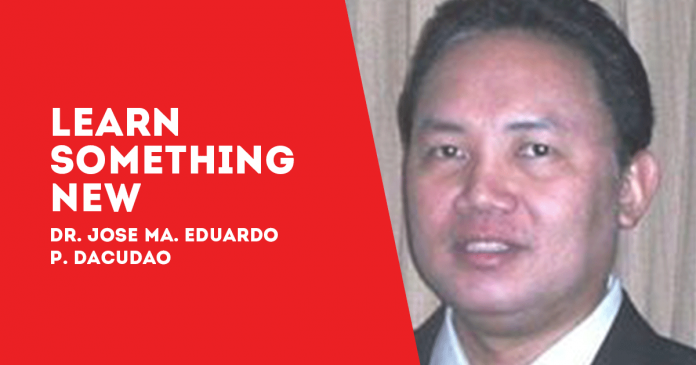
BY DR. JOSE PALU-AY DACUDAO
The Case for Hiligaynon
In the previous essay we explained that a Multiple Official Languages Model is best for a multiethnic country such as the Philippines. In such a pro-diversity model, Tagalog school children learn to speak at least two other Philippine languages, such as Ilocano and Kapampangan. Or Bicolano and Waray. Or Hiligaynon and Cebuano. And so on.
Ditto for the other ethnolinguistic peoples of the Philippines. Language subjects shall replace the useless multiple ‘Filipino’ subjects (what these ‘Filipino’ subjects really do is to turn non-Tagalogs into Tagalogs) in elementary and high school.
Math, the Sciences, and English, all of them to be taught in English, shall be retained and even expanded (again by replacing the useless ‘Filipino’ subjects). Math, the Sciences, and English makes one a learned person in the present setting… everywhere in the world.
There is a biological basis for multilingualism. The human brain is hardwired to learn multiple languages, and this is evidenced by the fact that many people in the non-Tagalog areas of the Philippine are already multilingual, knowing the indigenous language, the regional lingua franca, Tagalog, and English.
For example, a Manobo from CARAGA is typically quadrilingual by her teens, knowing how to speak Manobo, Cebuano, Tagalog, and English. A Karay-a from Panay is likewise typically quadrilingual by her teens, knowing how to speak Kinaray-a, Hiligaynon, Tagalog, and English. And so on.
There is no biological barrier for Tagalogs to learn other Philippine languages. The condition of Tagalogs being multilingual in other Philippine languages if properly explained is eminently sensible, feasible, and worthy, and the only people I know of who would insistently and vehemently oppose such a condition, in spite of reasonable explanations, are Tagalista supremacists.
English, already serves as a lingua franca for all, with the added advantage of it being the language of international science, technology, commerce, diplomacy, and overseas workers – a necessary language that keeps our economy afloat.
English has also functioned as a neutral sociologically leveling tongue in the Philippines for more than a hundred years. Meaning, if a non-Tagalog is forced by society’s mores to speak Tagalog in the presence of a Tagalog, he or she is relegated to an inferior social status, but this condition immediately disappears when both are speaking in English; they become social equals.
(A leveling tongue is a language that is not spoken as an indigenous language of an ethnolinguistic group in a multilinguistic country, and is at the same time spoken as an acquired second language by all, and thus serves as a neutral lingua franca for all. To a large degree, a minority language used as lingua franca in a multilinguistic country also acts as a leveling tongue, since so few people speak it as a native language.)
Note however that ardent nationalists will always insist on a lingua franca for all that is an indigenous language of the Philippines, and they insist that it should be Tagalog (often honey-coated as Filipino).
It does not have to be Tagalog. It should not be Tagalog.
There are sensible criteria on what such a lingua franca should be. (To be continued)/PN



